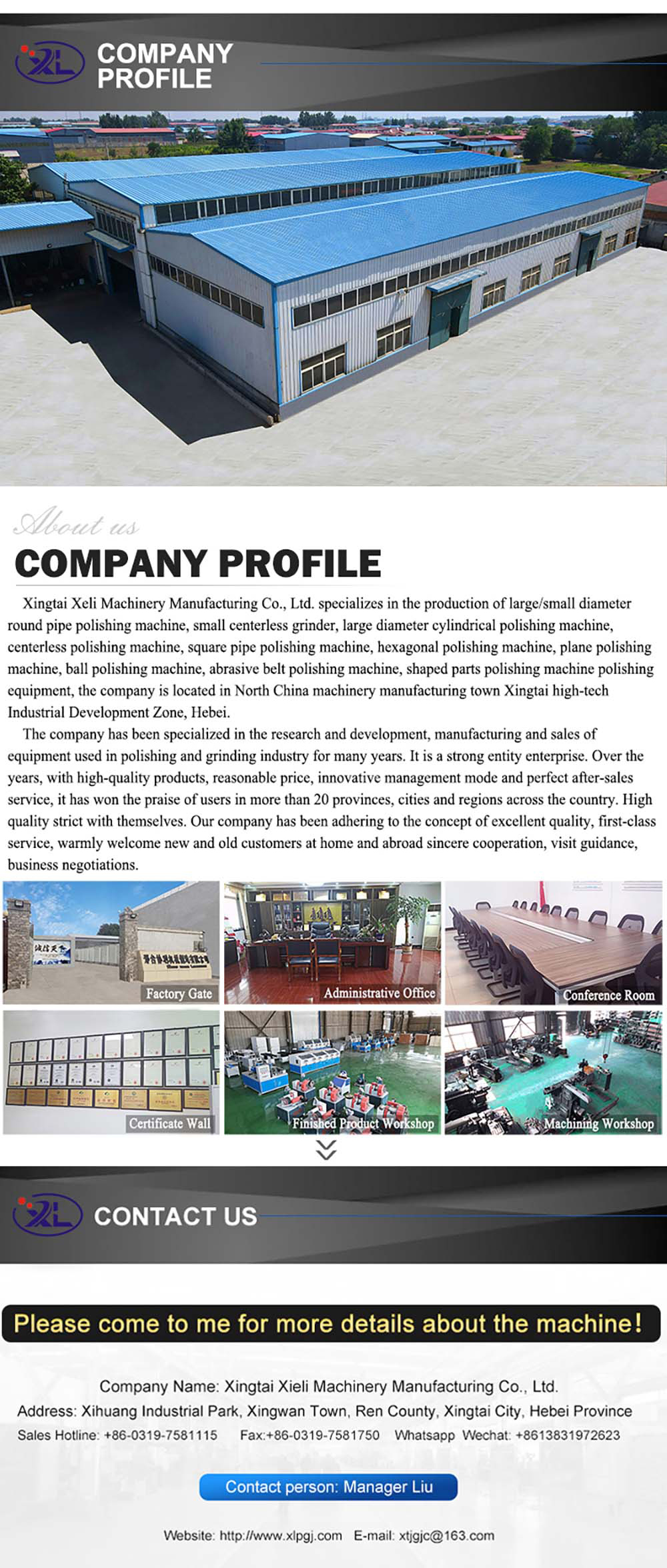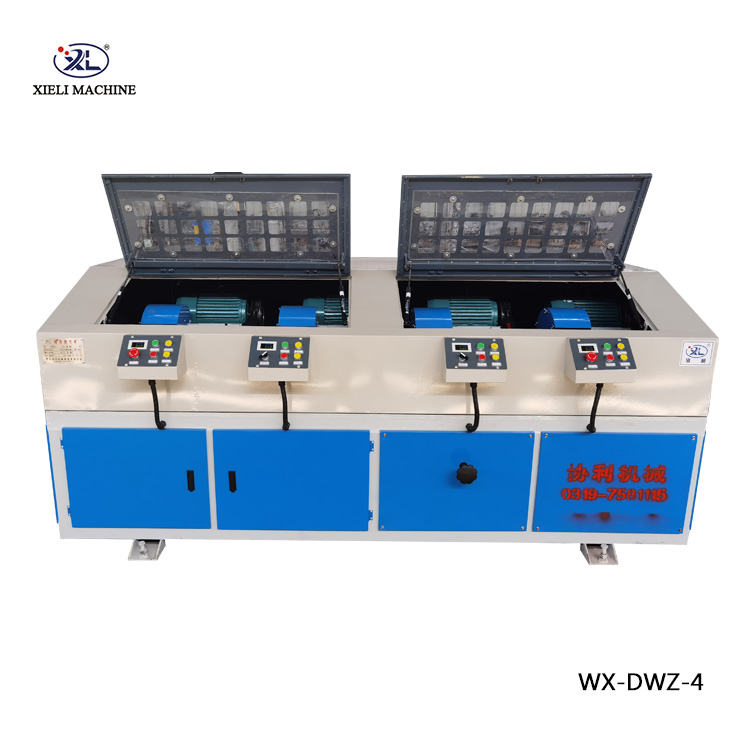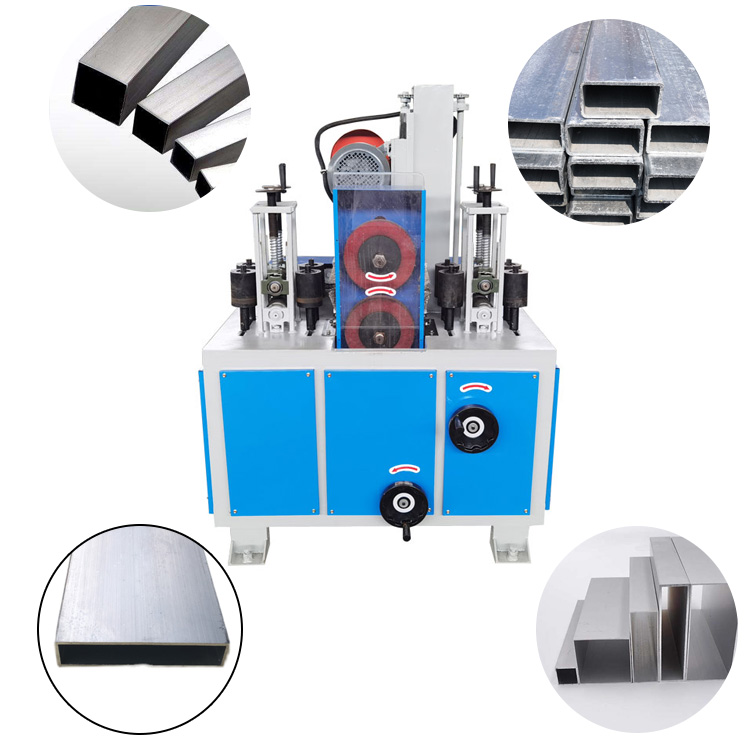Ensuring Safety in Custom Centerless Grinder Operations
Centerless grinding is an essential machining process that efficiently shapes and finishes cylindrical workpieces. While the benefits of centerless grinding are abundant -- such as high precision, automation capability, and versatility -- there are inherent risks associated with the operation of these machines. As such, implementing robust safety measures is critical to ensure the well-being of operators and the integrity of the machinery. This article explores the safety protocols and best practices necessary for safe operation of custom centerless grinders.
Understanding Centerless Grinders
Before discussing safety, it’s crucial to understand what a centerless grinder does. Unlike traditional grinders, in which the workpiece is supported at both ends, centerless grinders hold workpieces using a combination of wheels which are not in direct contact with each other. This design allows for continuous feeding of parts and is particularly effective for mass production. However, the design demands that operators are vigilant and well-trained because of the high speeds and intricate nature of the setup.
Common Hazards
Operators face numerous hazards while working with centerless grinders, including
1. Mechanical Hazards The rotating grinding wheels pose a significant risk of injury, including cuts and lacerations if proper guard measures are not taken.
2. Electrical Hazards Improper handling of electrical components can lead to shocks or fires.
3. Ergonomic Risks The repetitive motions and prolonged standing associated with centerless grinding can lead to musculoskeletal disorders.
4. Noise Exposure Continuous operation can lead to noise levels exceeding safe limits, resulting in hearing loss.
Safety Protocols
custom centerless grinder safety

To mitigate these risks, a comprehensive safety strategy is required
1. Training and Certification Operators should undergo formal training on the principles of centerless grinding, machine operation, and safety procedures. Regularly update skills and knowledge to keep pace with technological advancements.
2. Personal Protective Equipment (PPE) Operators must wear appropriate PPE, including gloves, safety goggles, noise-canceling headphones, and steel-toed boots, to protect against flying debris, noise, and other hazards.
3. Machine Guards Ensure that all machines are equipped with appropriate guards to prevent accidental contact with moving parts. Such guards should be kept in place during operations and must not be removed unless necessary for maintenance.
4. Regular Maintenance Schedule routine inspections and maintenance of the grinders to identify wear and tear, ensuring optimal performance and reducing the risk of accidents due to machine failure.
5. Emergency Stop Functions All machines should be fitted with easily accessible emergency stop buttons that can quickly halt operation in the event of an emergency, minimizing the risk of injury.
6. Workplace Organization Maintain a clutter-free workspace to avoid slips and falls. Ensure that tools and materials are stored correctly, and waste materials are disposed of promptly.
7. Noise Management Utilize noise-dampening materials and practices to minimize exposure to high sound levels. Regularly monitor noise levels in the workplace and employ hearing conservation measures when necessary.
8. Health Monitoring Implement a health surveillance program to closely monitor the physical well-being of operators. Address any issues of fatigue or physical strain that may arise from prolonged operation.
9. Incident Reporting and Analysis Encourage a culture of safety where any incidents or near misses are reported and analyzed. This proactive approach can help identify patterns and prevent future occurrences.
Conclusion
Custom centerless grinders play a pivotal role in modern manufacturing; however, their operation comes with inherent risks that demand a thorough approach to safety. By adhering to established protocols and continuously promoting safe practices within the workplace, manufacturers can protect their workforce, enhance productivity, and maintain high standards of quality in their products. Safety is not just a regulatory obligation; it is integral to a culture of excellence in manufacturing that benefits everyone involved. With vigilant attention to safety, the art and science of centerless grinding can be pursued with confidence and security.





